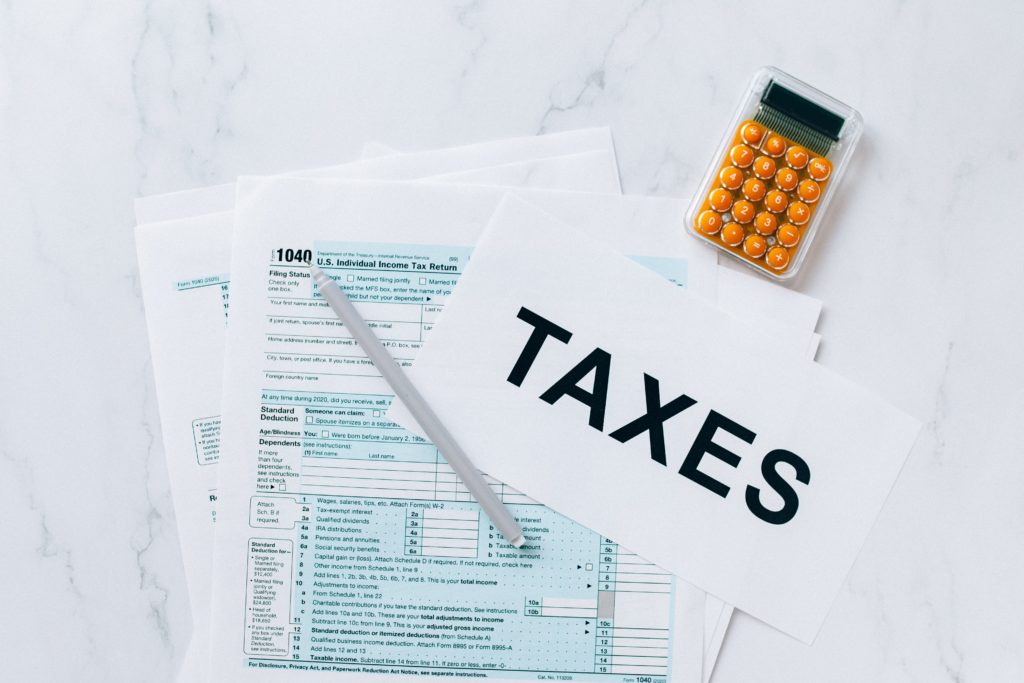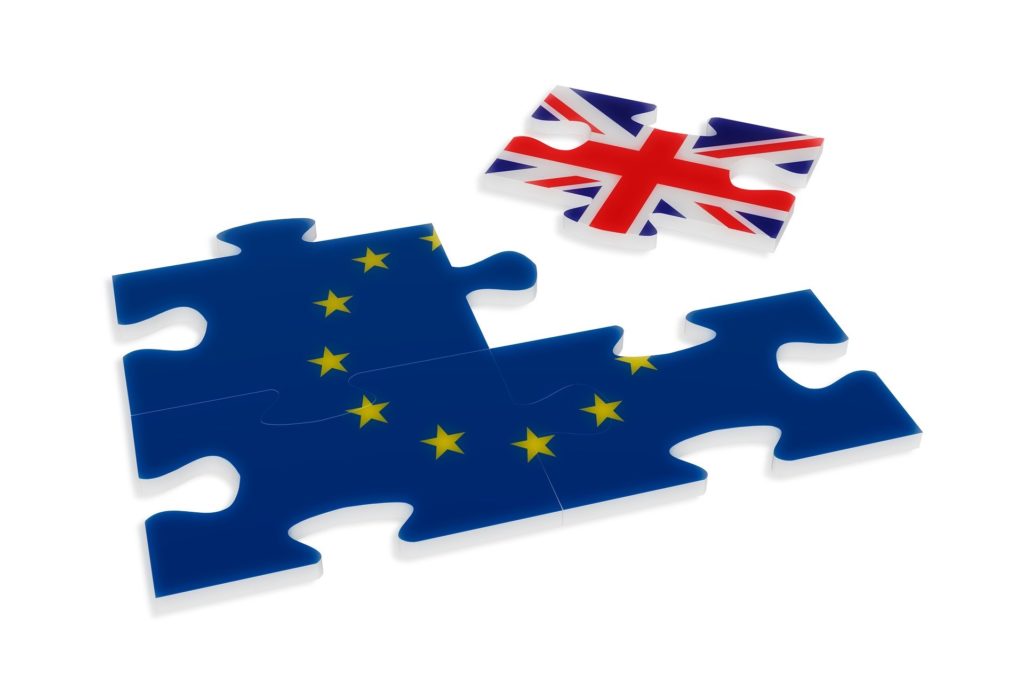Outstanding tax: The latest with HMRC
Expect a sea change in HMRC’s approach to tax debt as the economy emerges from the pandemic.
Protecting livelihoods. Keeping people in work. Helping businesses with temporary cash flow issues to survive. These have been HMRC’s guiding principles on tax debt ever since Covid-19 began. That starts to change this autumn.
What happens next?
As government support schemes wind down, so HMRC begins to return to something nearer its normal debt collection procedure. Though it’s still committed to what it calls an ‘understanding and supportive approach’, the word ‘but’ forms part of the updated messaging. It comes here: ‘But where businesses have little chance of recovery, we do have a responsibility to act’. The emphasis is on supporting ‘viable businesses where we can’.
HMRC contact if there’s tax outstanding
HMRC urges any business or individual worried about paying tax to phone its dedicated Payment Support Service as soon as possible. Where taxpayers don’t take the initiative, HMRC will itself make contact and the importance of responding can’t be overstated. Initial HMRC triage for tax debt is to establish if taxpayers can’t, or simply won’t pay, and cooperation here is vital. Failure to engage may mean enforcement procedures are escalated to the next level.
HMRC messaging: ‘If you can pay your taxes then you should do so – but if you’re struggling, we want to work with you to agree a plan based on your financial position.’
Negotiations
HMRC support includes Time to Pay repayment plans for tax. These are arranged to fit individual circumstances, with the aim of paying as quickly and affordably as possible. But HMRC will also consider short-term deferrals where nothing is paid for a short set period.
If a business has used a government loan support package, like the Bounce Back Loan Scheme, HMRC expects it to use the flexibility this provides to the full. This could mean, for example, including extending repayment terms, to maximise the chance of keeping tax payments up to date. It also advises that the existence of such a loan doesn’t preclude HMRC debt collection activity: even, as a last resort, pursuing for insolvency.
Escalation
If taxpayers fail to respond, or refuse to pay, HMRC may want to visit either the home or business premises. But the aim at this stage is still to agree a payment or payment plan without further action.
From September 2021, HMRC may start the process of collecting tax debt using its enforcement powers, where someone is unwilling to discuss a payment plan or ignores its attempts to make contact.
Whilst the emphasis is still on a ‘cautious approach’ to debt enforcement action, HMRC powers are extensive, and it is obviously wise to take appropriate action before this stage is reached. Where a company is considering a Company Voluntary Arrangement, early engagement with HMRC is particularly important.
If you have any concerns about the payment of tax, please talk to us for any further advice.














